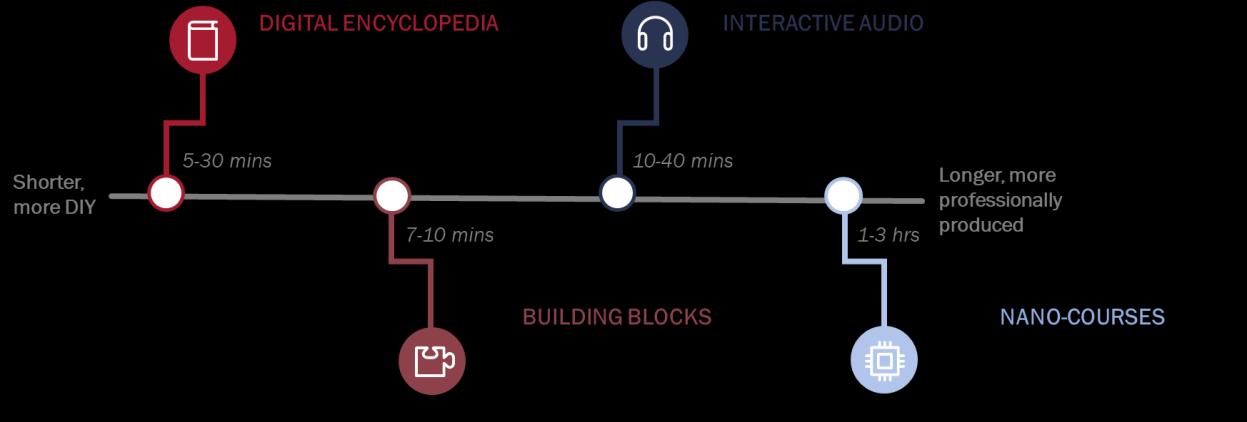
2 minute read
iv. School-Level and One Harvard Implications
• Support access: Help learners where they are. The diversity of students’ skills, backgrounds, opportunities, and challenges create an imperative for robust advisory and peer support structures. Innovative curricula in both residential and online contexts can make an impact only if complemented by conditions conducive to academic achievement and personal well-being. As learners move through courses and programs, we should provide ample support, choice, and flexibility. • Community access: Provide opportunities for deep interactions, peer connections, and meaningful inclusion. Harvard’s students, alumni, faculty, and staff form enduring social and intellectual relationships that start in classrooms and continue beyond. The task force believes that this community is central to the university’s global legacy. New strategic directions should emphasize peer connections for learning and community development and provide opportunities for meaningful inclusion across intellectual, professional, and personal realms. • Financial access: Reduce or eliminate reliance on the ability to pay. To ensure equitable access to new learning opportunities, the task force believes that Harvard should deepen its long-standing commitment to reduce or eliminate financial capacity as a barrier to participation, thereby ensuring that students from a wide range of socioeconomic contexts are able to matriculate. That said, the various other dimensions of access described above underscore that financial access may be a necessary, but by no means a sufficient, condition for ensuring consequential inclusion and access. iv. School-Level and One Harvard Implications Given Harvard’s decentralized structure, how should we identify and implement these recommendations? A Harvard-wide vision does not substitute for school-specific strategies. And coordination need not compromise local innovation; it can strengthen it, as our experiences in the past decade and particularly during the pandemic have shown. Coordination can include sharing best practices across faculty and schools, distilling learnings for widespread dissemination, identifying interdependencies and externalities across schools, triggering innovations, crafting policies to be standardized across Harvard, shepherding the brand, accessing Harvard-wide relationships and communities, and making large fixed investments. 46 None of these activities imply uniformity of strategies, innovations, or activities across schools. Nor do they imply a One Harvard approach—but all of Harvard is likely to benefit. Done right, the whole can be significantly greater than the sum of the parts. Individual instructors and schools can magnify their impact through university-wide collaboration and coordination. Central resources can lower barriers and prevent duplication. We recommend committing to collaboration and investment in several key areas in which cross-school coordination has already succeeded:
• Creating Harvard-wide content. For the past nine years, the HarvardX team been a course creation engine and a repository for online content across Harvard’s schools. Central efforts triggered school innovations, as early efforts in HarvardX and edX spawned online teaching and learning strategies across nearly all Harvard schools, including HBS (HBSO), HMS (HMX), HGSE (CSML), HLS (Zero-L), and DCE (HELIX). Harvard-wide centers of excellence could be broadened to include marketing, impact measurement, and data analysis.
46 See also “Cross-School Opportunities,” above.



